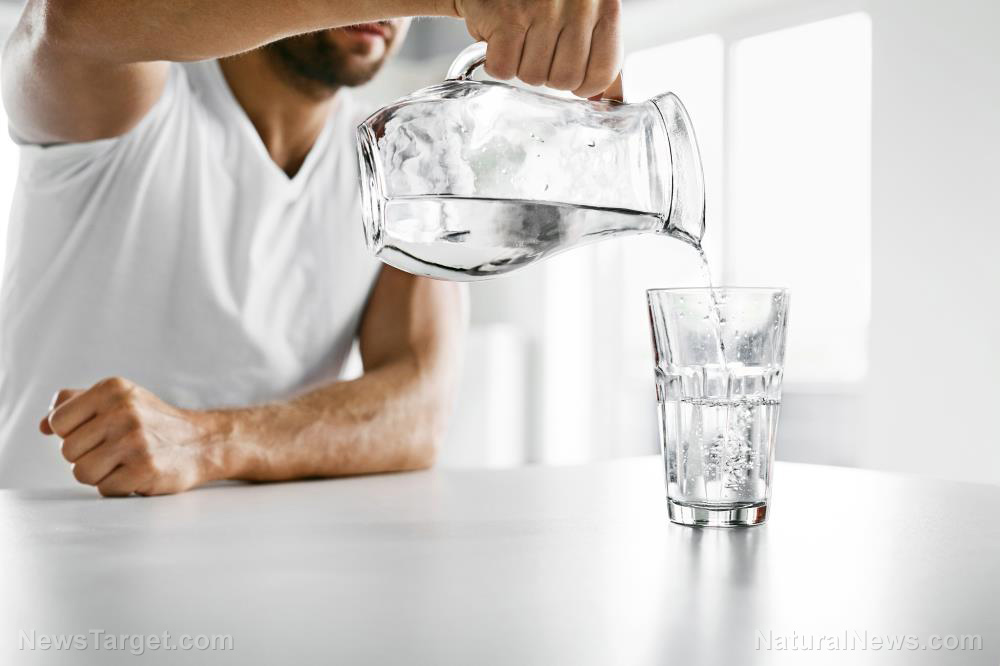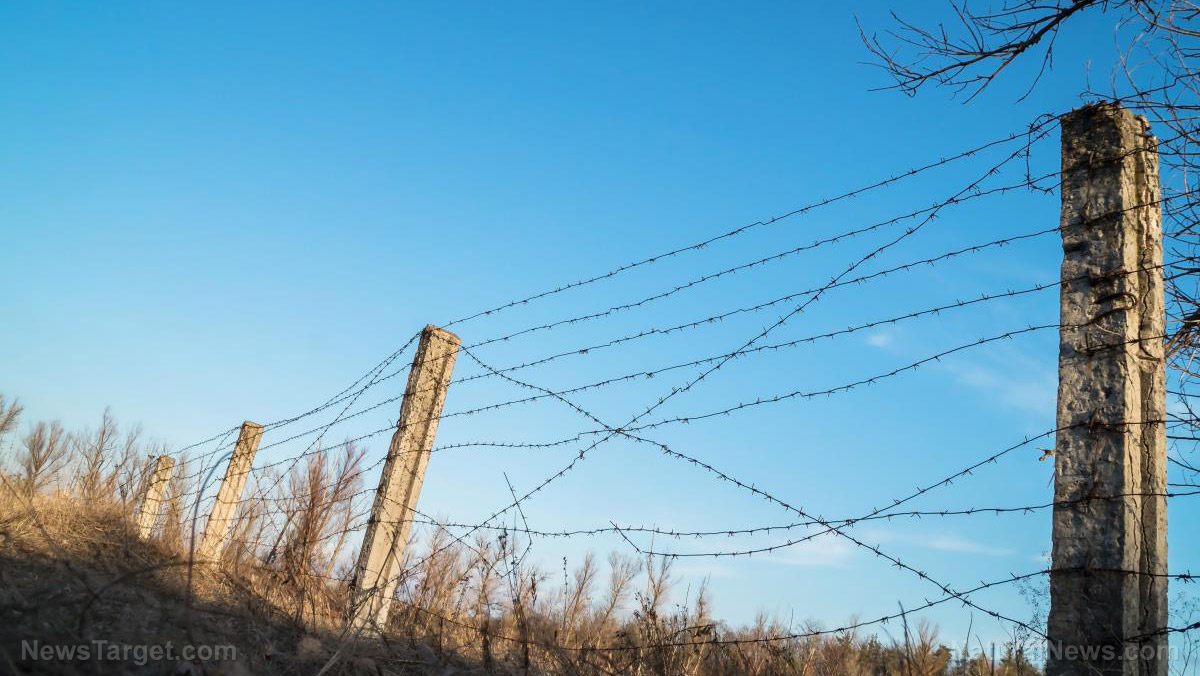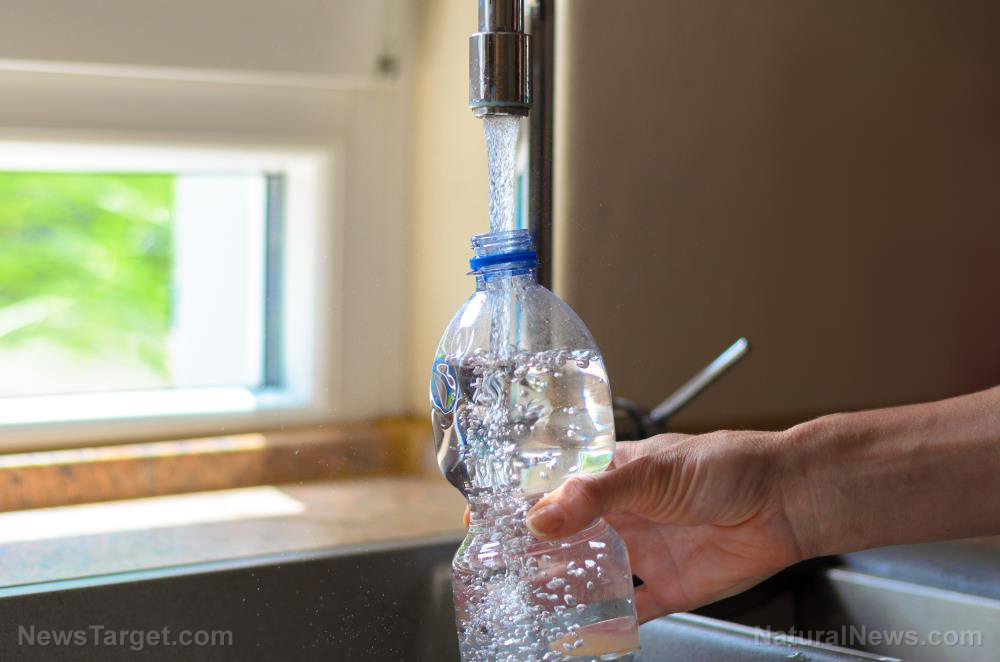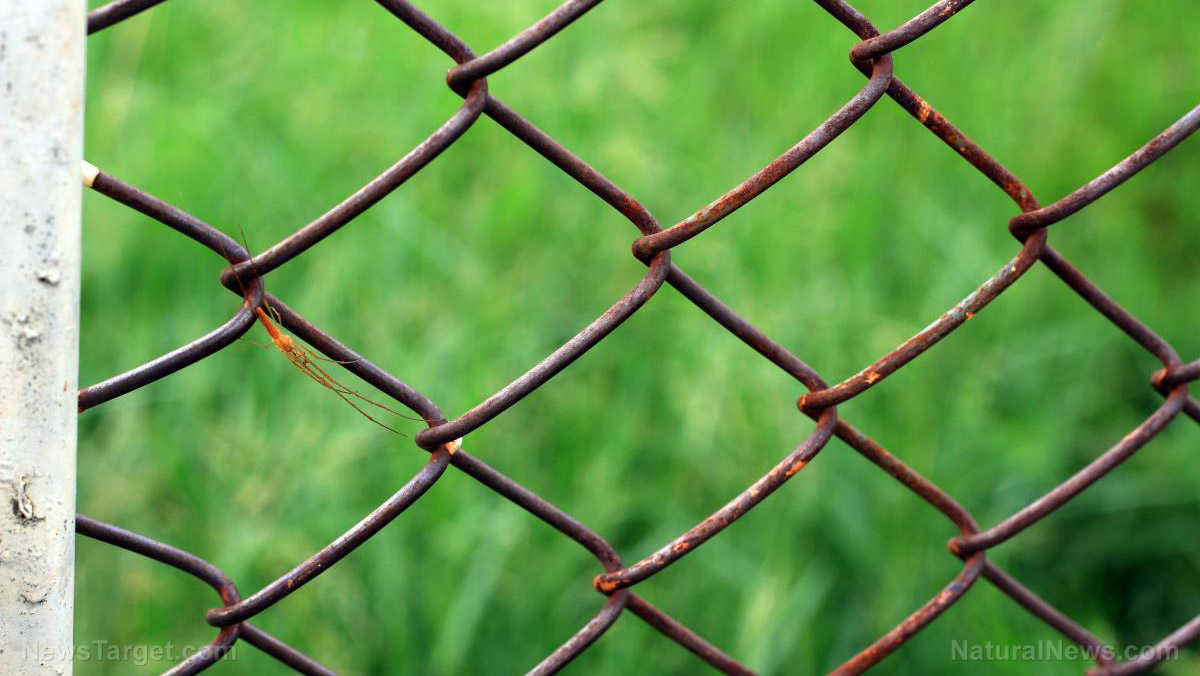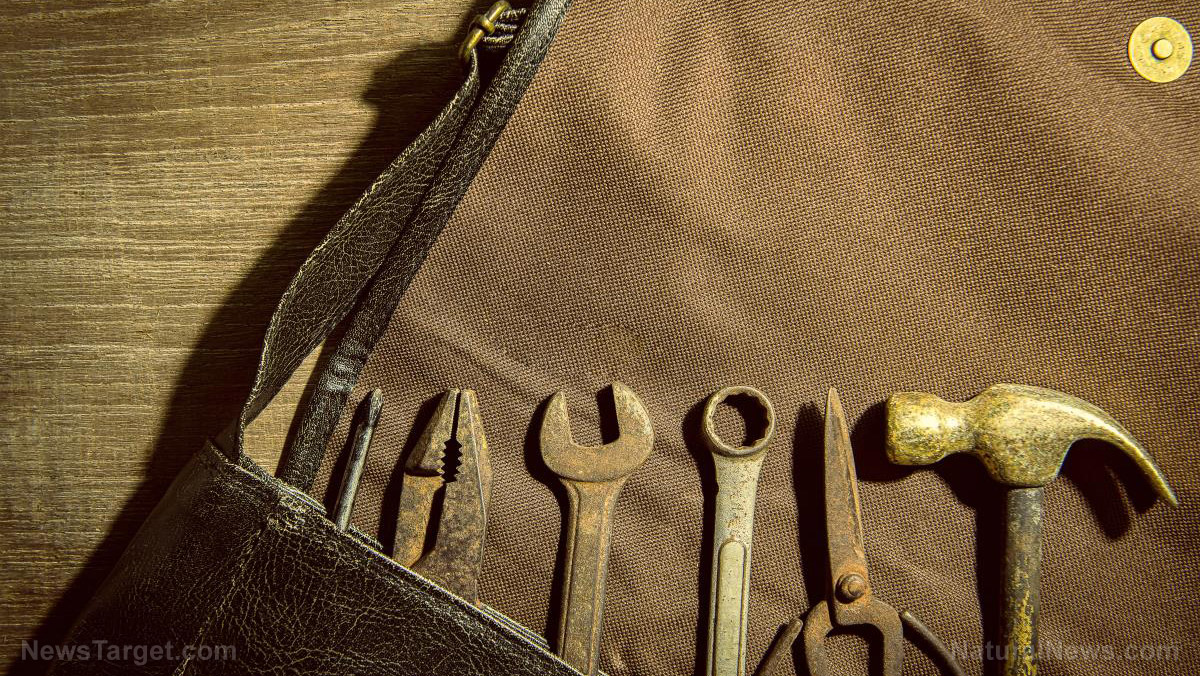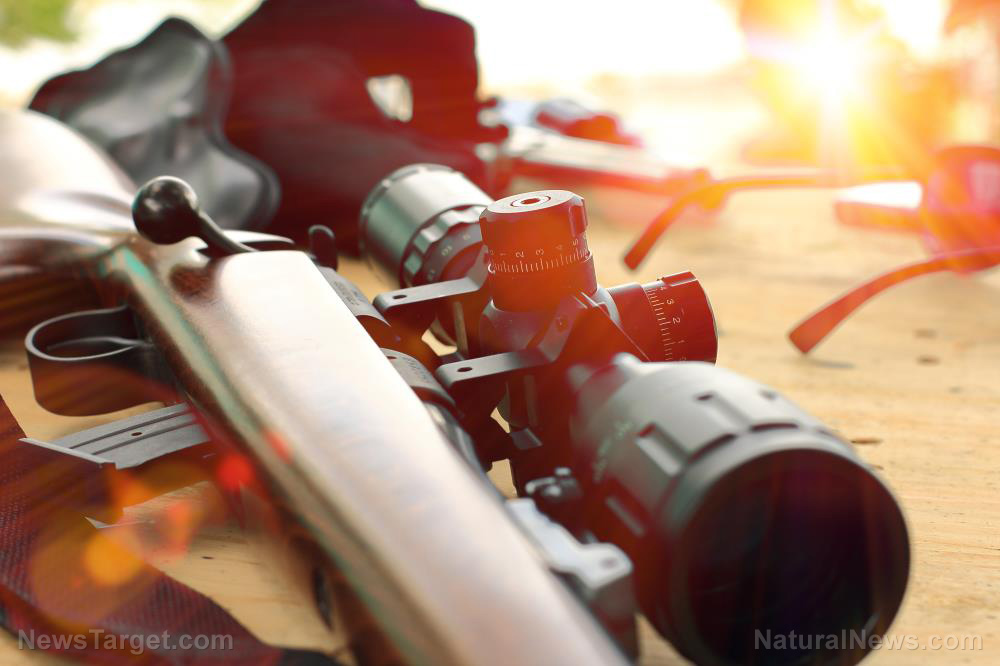Gardening 101: Ten crops you can grow in buckets throughout the year
02/17/2020 / By Darnel Fernandez
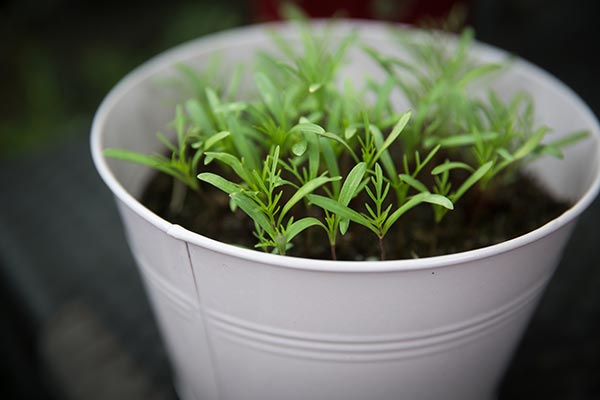
Gardening is a popular hobby with a lot of benefits. Not only can it help with stress management and provide beautiful scenery, it can also provide nutritious food. However, as rewarding as gardening is, it is not without challenges. Many people often run into the problem of not having enough space to grow vegetables. Others are put off by seasonal vegetables and wish the food would just grow all year round. But, you don’t have to let the season or the size of your property stop you from enjoying the benefits of gardening. Container gardening is a growing trend for gardening indoors, and using buckets makes this type of gardening both easy and inexpensive to grow food both indoors and outdoors. (h/t to HomesteadSurvivalSite.com)
Growing food in buckets, particularly five-gallon buckets, can help you grow enough food to comfortably feed a family of four. In addition, using buckets will allow you to maximize every patch of sunlight available in your home, no matter how small your property is. You can also keep your plants practically impervious to harmful weather like frost by simply throwing a sheet or a roll of plastic over them.
The only possible downside is the chore of watering the plants daily. Using these large buckets poses a risk of becoming waterlogged or dried out. However, drilling holes at the bottom can provide enough moisture regulation to keep your plants healthy and safe.
What can you grow in buckets?
You might be surprised to find that a lot of vegetables can be grown inside your home or on your porch, balcony or even patio. Here are some popular plant foods that many homesteaders grow indoors in five-gallon buckets.
- Tomatoes. If you have to choose what type of tomato to grow, cherry tomatoes tend to do much better indoors than the larger varieties. These vegetables love basking in the sun, so keep them under full direct sunlight for about six to eight hours in a draft-free spot.
- Peppers. These spicy vegetables need about five or more hours of direct sunlight. The more light they get, the healthier they’ll grow. They must also be watered every day.
- Lettuce. Any kind of lettuce can grow well indoors, but loose-leaf lettuce is very easy to harvest and regrow, making it a prime choice for bucket gardening. These leafy greens only need about three to four hours of partial sunlight, but they also adapt well to grow lights.
- Carrots. You can grow a whopping 25 carrots in a single five-gallon bucket. Fill up your bucket with half potting soil and half compost, and leave about two to three inches of headspace. Then, plant your carrot seeds half an inch deep and in 65 to 80 days, you’ll get your first harvest.
- Kale. As one of the healthiest cruciferous vegetables around, kale is a fantastic plant to grow in buckets. Kale needs at least four hours of partial sunlight a day. However, you will need to prune your plants once the weather gets warmer to prevent bolting, or the production of a flowering stem in a natural attempt to produce seeds and reproduce.
- Radishes. Radishes are one of the fastest-growing vegetables, with smaller ones ready to harvest in about 25 days. These vegetables grow best in soil that is rich, loose and moist, but not soggy.
- Onions. Growing onions in buckets are much like growing them in the ground. Aside from good soil and adequate draining, these vegetables need roughly six to seven hours of sunlight every day with only two to three inches of water per week. Onions can also grow alongside other plants like spinach. However, each onion must have three inches of soil space to give it room to grow.
- Mint. Herbs like mint can grow excellently indoors. Mint, in particular, prefers shady areas outside and does well with a lot of indirect sunlight. The best way to begin growing mint is by purchasing a healthy starter plant. All you need to do is water it every two to three days. (Related: Learn how to grow these 8 medicinal plants in your indoor garden.)
- Ginger. While ginger can grow in indirect sunlight, it needs plenty of space to spread and grow. To start, plant a sprouted rhizome with the sprouts sticking out of the soil, then place the container near a warm window.
- Beans. They aren’t often grown indoors, but it can still be done with a little hard work and at least six hours of sunlight daily. Choose the bush variants of beans over the vine ones to save space and avoid trellising indoors.
Learn about other space-saving gardening strategies at GreenLivingNews.com.
Sources include:
Tagged Under: bucket gardening, container gardening, emergency food, food independence, food supply, Gear, green living, home gardening, homesteading, indoor gardening, organics, preparedness, prepping, self-reliance, survival, sustainable living, vegetable garden, vegetables, Veggies
RECENT NEWS & ARTICLES
COPYRIGHT © 2017 OFFGRID NEWS

